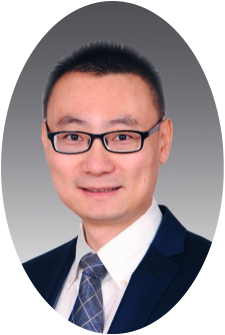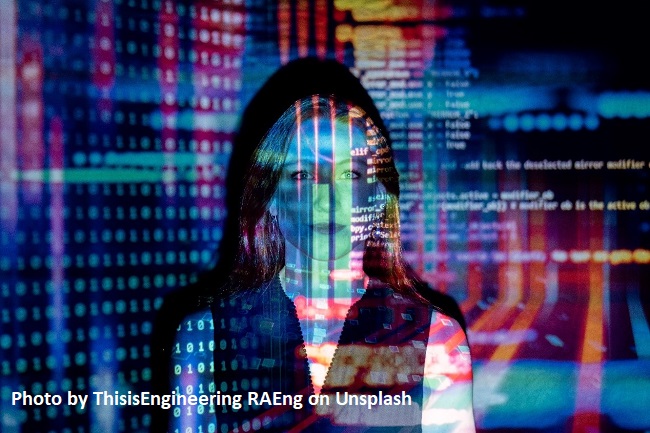Eligibility of Chinese Patent Applications in the Field of Algorithms and Software
In addition to the foreign applicants who have been constantly investing in China’s patent assets, recent years have also witnessed some big Chinese software companies applying for a large number of invention patents containing algorithms or business rules and methods related to artificial intelligence, “Internet +”, big data, and blockchain.
Despite that the Chinese patent system is relatively friendly to software or algorithm patent applications, it is still necessary to have the knowledge of the subject matter eligibility of software patents covering artificial intelligence algorithms, etc., in order to successfully obtain patent rights in China.
“Chinese Patent Examination Guidelines” explains and clarifies how to draft the claims involving algorithm features to meet the requirements of “technical solutions” stipulated by the Chinese Patent Law. This gives applicants and patent attorneys in the field of artificial intelligence algorithms more detailed guidance in drafting invention patent applications that contain algorithm features.
According to the regulation, when we draft the claims for the patent applications involving algorithms, we need to clearly reflect that each step of the algorithm is “closely related” to the technical problem to be solved. Put it simply, it refers to the following four levels of correlation:
a . The data processed by the algorithm must have a specific technical meaning, instead of being an abstract data concept;
b . The processing should reflect that the data is processed in accordance with the laws of nature;
c . The output data of the processing by the algorithm must have specific technical meaning rather than being an abstract data concept; and
d . The execution of the algorithm can solve a certain technical problem and achieve corresponding technical effects.
In the following part, we will use two sample cases to illustrate whether the (algorithm) steps in the claims are “closely related” to the technical problem to be solved.
Case 1-“Closely Related” Example
The technical solution of the claimed claim is a method for processing features of a convolutional neural network, in which it is clarified that the data processed in each step is image data or a feature representation obtained from image data, and the performance of each step embodies how to gradually obtain the feature vector of the region of interest in the original image based on the original image data.
The feature processing algorithm of this convolutional neural network is closely related to image information processing. This solution solves the technical problem of improving the accuracy of image recognition and search. It adopts technical means that follow the laws of nature and obtains the corresponding technical effects.
The draft of the claim is in full compliance with the closely related requirements of the four levels above a to d. Therefore, the solution of the patent application belongs to the technical solution stipulated by the patent law and belongs to the subject matter of patent protection.
Case 2- “Not Closely Related” Example
The technical solution of the claims is a feature selection method based on an artificial neural network. Feature selection is a data processing method that is involved in many technical fields. Feature selection itself is a kind of mathematical algorithm because the data it processes can be arbitrary. Only after the feature selection is combined with the specific technical field a specific technical solution can be formed to solve the corresponding technical problems and obtain the corresponding technical effects.
The input data processed by this method is the “feature to be selected”, which is an abstract concept. When the concept is not combined with a specific technical field, it does not have an exact technical meaning.
Obviously, the draft of the claim does not meet the closely related requirements of the above four levels of a, b, c, and d. Therefore, the solution of the patent application does not belong to the eligible subject matter of the patent law.
Of course, there are still many cases that would be regarded as “not closely related ENOUGH” in practice, which means, for the patent applications that partially meet the requirements of the above four levels, it is also likely to be regarded as not being the subject matter of protection under the Chinese Patent Law.
It is easy to see from the above two cases that to determine whether the solution of a patent application that contains algorithmic features belongs to the technical solution stipulated by the patent law, a direct way is to see whether the algorithm steps in the technical solution are closely related to specific technologies.
That is to say, it hinges on whether the data processed by the algorithm is the data with exact technical meaning in the technical field, and whether the execution of the algorithm can directly reflect the process of solving a certain technical problem by using natural laws and obtain technical effects.
If this is not the case, an invention patent application containing algorithmic features is likely to be deemed as not the eligible subject matter of patent protection.
About the blogpost author:
 Peter is a partner with Linda Liu & Partners, a top 10 IP firm in China. He has two decades practicing experience in IP systems, serving global clients from US, EP, Japan and other countries. He provides foreign companies with IP strategy planning, patent mining, patent portfolio building, patent procurement, patent reexamination, patent invalidation and administrative litigation, patent validity assessment, infringement assessment, etc.
Peter is a partner with Linda Liu & Partners, a top 10 IP firm in China. He has two decades practicing experience in IP systems, serving global clients from US, EP, Japan and other countries. He provides foreign companies with IP strategy planning, patent mining, patent portfolio building, patent procurement, patent reexamination, patent invalidation and administrative litigation, patent validity assessment, infringement assessment, etc.
Peter made the final rankings in IAM Patent 1000 in 2017 -2020, “As a US attorney who often needs detailed guidance from Chinese associates, I know I can count on Peter Zhang and his colleagues to deliver thorough analysis on matters, as well as concrete suggestions for moving forward.” reports one respondent.
For more information about Peter’s firm, Linda Liu &Partners, please visit http://www.lindapatent.com/en/.



